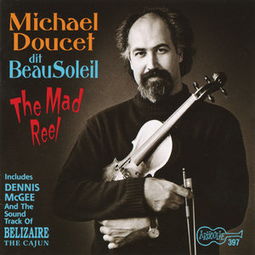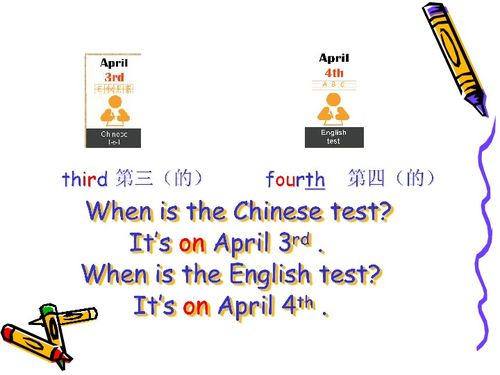Choosing the Perfect Fishing Rod: A Comprehensive Guide to Reel Fishing Rod Selection
In the world of fishing, the choice of equipment can make or break your experience. One of the most crucial pieces of equipment is the fishing rod. Whether you're a seasoned angler or a beginner, selecting the right fishing rod is essential for a successful and enjoyable day out on the water. This article delves into the art of choosing the perfect fishing rod, focusing on the key factors that should guide your decision-making process.
Material: The Foundation of Your Fishing Rod
The material from which a fishing rod is constructed plays a significant role in its performance and durability. Here are the most common materials used:
A. Graphite: Graphite rods are lightweight, sensitive, and offer a good balance between strength and flexibility. They are ideal for a wide range of fishing styles, from spinning to casting. Graphite rods are also known for their durability and resistance to corrosion.
B. Fiberglass: Fiberglass rods are heavier than graphite but offer more flexibility and are less prone to breaking. They are a great choice for beginners or for fishing in heavy cover, where a more forgiving rod is needed.
C. Bamboo: Bamboo rods are the epitome of classic fishing and are highly sought after by enthusiasts. They are known for their sensitivity and the ability to detect even the smallest of bites. However, they are also more expensive and require more care to maintain.
Action: Finding the Right Flexibility
The action of a fishing rod refers to how it bends when pressure is applied. It's categorized into three main types:
A. Fast Action: Fast-action rods are designed to bend near the tip. They are ideal for casting lighter lures and are perfect for catching fish that are likely to run or jump.
B. Medium Action: Medium-action rods bend in the middle, offering a good balance between flexibility and strength. They are versatile and suitable for a wide range of fishing situations.
C. Slow Action: Slow-action rods bend further down the rod, closer to the handle. They are excellent for detecting subtle bites and are often used for bottom fishing or when fishing with heavier lures.
Length: The Right Length for Your Preferences
The length of a fishing rod affects its casting distance, maneuverability, and overall feel. Here are some guidelines:
A. Short Rods (6-7 feet): Short rods are great for close-range fishing and can be more manageable in tight spaces. They are often used for fly fishing or in small boats.
B. Medium-Length Rods (7-8 feet): Medium-length rods are the most versatile and are suitable for a wide range of fishing scenarios. They offer a good balance between casting distance and maneuverability.
C. Long Rods (8-10 feet): Long rods are ideal for casting over long distances and for reaching into deeper water. They are often used for saltwater fishing or for targeting larger fish.

Power: The Strength You Need
The power of a fishing rod refers to its resistance to bending. It is typically categorized as follows:
A. Light Power: Light-power rods are suitable for small fish and finesse techniques, such as fly fishing or light lure casting.
B. Medium Power: Medium-power rods are the most versatile and are suitable for a wide range of fish species and fishing techniques.
C. Heavy Power: Heavy-power rods are designed for large fish and heavy lures. They are ideal for saltwater fishing or for targeting species like bass, pike, and catfish.
Reel Compatibility: Ensuring a Seamless Match
The reel you choose should be compatible with your fishing rod. Consider the following:
A. Spinning Rods: Spinning rods are designed to be used with spinning reels. They have a longer handle and a lower center of gravity, which helps with casting lighter lures.
B. Casting Rods: Casting rods are designed for casting reels. They have a shorter handle and a higher center of gravity, which helps with casting heavier lures.
Budget: Balancing Quality and Cost
Finally, consider your budget. While it's tempting to go for the most expensive rod, there are many high-quality rods available at a reasonable price. Look for sales, consider second-hand options, or invest in a rod that fits within your budget and meets your needs.
Conclusion: Your Perfect Fishing Rod is Within Reach
Choosing the perfect fishing rod is a process that requires careful consideration of various factors. By understanding the material, action, length, power, reel compatibility, and budget, you can make an informed decision that will enhance your fishing experience. Remember, the right rod can make the difference between a great day on the water and a memorable catch. Happy fishing!












